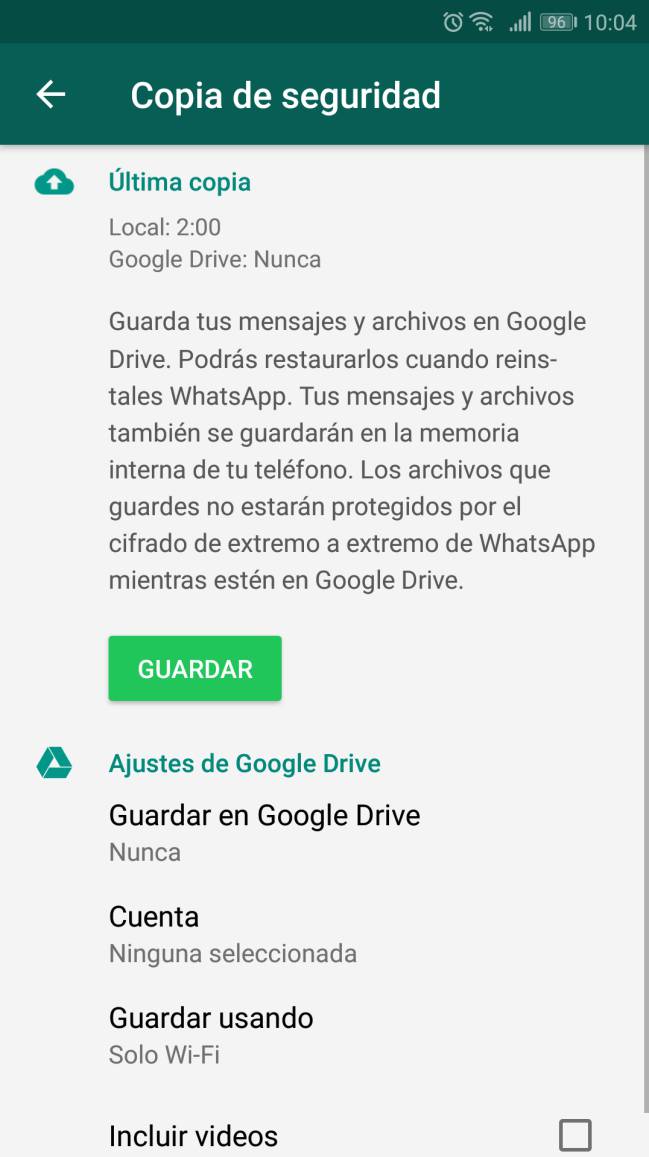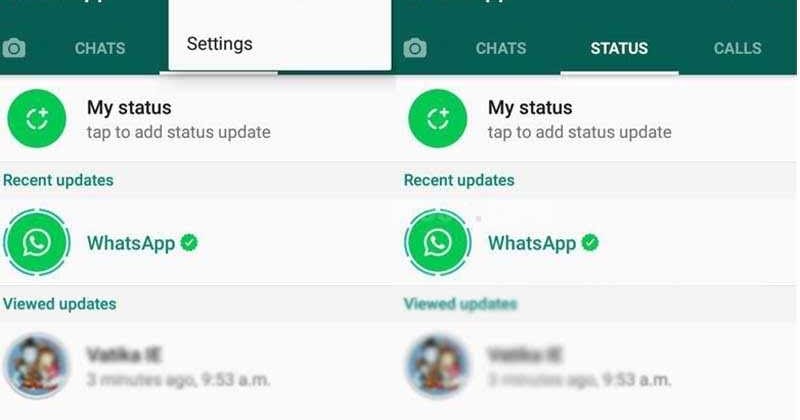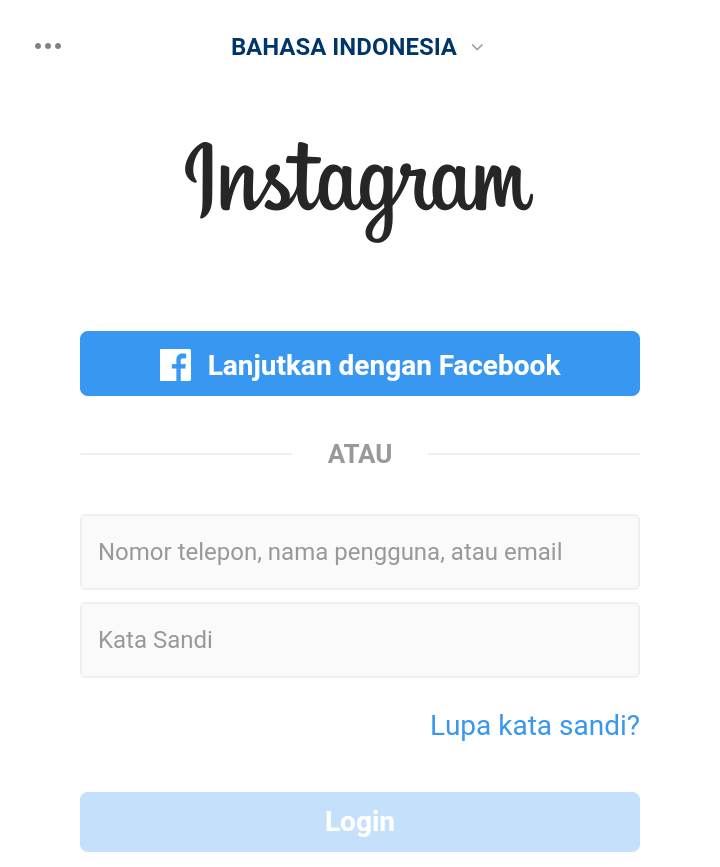How to see most active time on instagram
How to Find Your Best Time to Post on Instagram in 2021
Summary
There are many factors to success on Instagram. One of the most important is timing. In this guide, we'll walk you through a step-by-step process to help you find the best times for your business to post
You will learn
- How to find the best time to post on Instagram for your business
- The factors that determine your best time to post
- A strategy for testing new posting times and analyzing results
You might have heard that the best time to post on Instagram is 11 a.m. to 1 p.m. Or maybe 2 to 3 p.m. And that you should avoid Mondays and weekends, and post more on Thursdays...
Well, here's the truth.
There’s no one-size-fits-all best time to post on Instagram. All those studies that looked at millions of users? Not all that helpful. Those aren’t your followers.
So, buckle up—we’re here to show you how to find the best time to post on Instagram for your business.
What factors determine your best time to post on Instagram?
The best time to post on Instagram is when your audience is most active. But it may also be a time when fewer followers are online—if your content is relevant to their daily routine at that moment.
Both timeliness and relevance are factors that the Instagram algorithm uses to determine where your post falls within your followers’ feeds. And the higher your posts show in your followers’ feeds, the more impressions your brand gains. More impressions can lead to more engagement. And the more engagement your posts get, the more impressions your future posts can get, too, creating a snowball effect.
Timeliness: When most of your followers are online
Posting at the time when most of your followers are active will give your post a better chance of being seen by more people. This is due to the timeliness or recency factor, which simply means that your post occurs close to the time that a user logs on.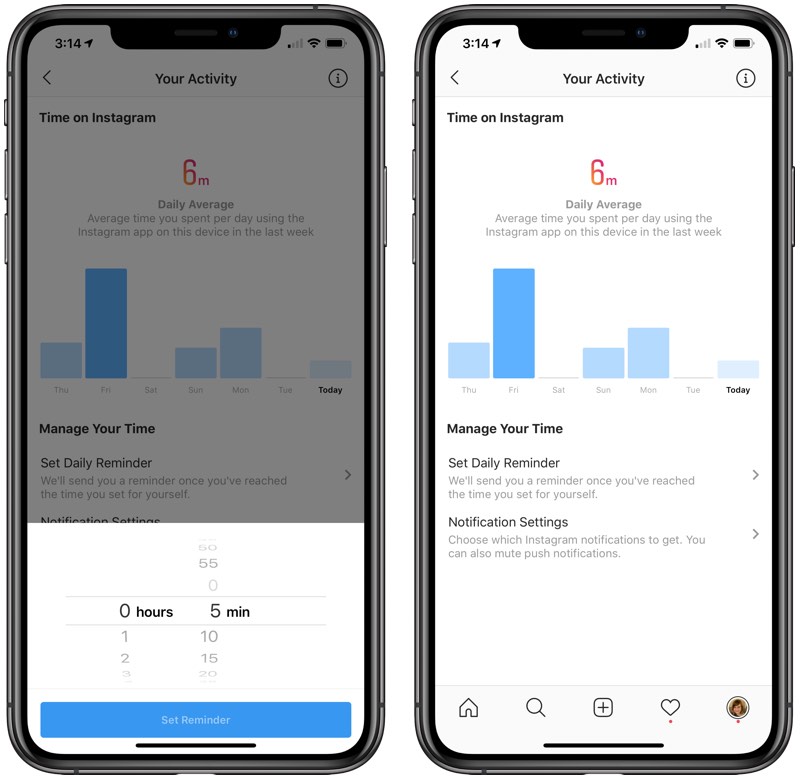
Emma Ward, marketing manager for the New England smoothie bar The Juicery, has Instagram scheduling down to a science. She reserves the time when most of The Juicery’s followers are on Instagram to post about promotions, news, or other exciting content to share.
“If I’m promoting a giveaway, a new location, or something that isn’t menu-specific, I’ll post in the evenings. I want to get the most eyes on the content and, therefore, post at a time where the most amount of people are online,” she tells us.
The Juicery posts non-menu content in the evenings to reach more of its 10k+ followers.While most of her brand’s followers are online in the evenings, she knows that’s hardly the time when people are primed to buy smoothies, though. Thus, the optimal time to post to Instagram depends on the content you have to share, too.
Relevance: when your content fits best into your followers’ days
The Instagram algorithm seeks to first show users the content they want to see most. How does it know what people want to see? By looking at users’ interests and relationships. The more relevant your content is to your followers, the more they’ll interact with it. This engagement prompts Instagram to display your content higher on people’s feeds.
How does it know what people want to see? By looking at users’ interests and relationships. The more relevant your content is to your followers, the more they’ll interact with it. This engagement prompts Instagram to display your content higher on people’s feeds.
Emma considers when her brand’s products are most relevant to its followers’ daily schedules. For The Juicery, mornings are a great time to get in front of people who are thinking about what to pick up for breakfast. She posts about smoothies and other menu items first thing in the morning—around 7:30 a.m. every weekday and just past 8 a.m. on the weekends, even if the number of followers online is smaller.
Emma says of her followers, “I want our smoothies to be on top of mind when they head into a workday.”
The Juicery posts content about smoothies and other menu items first thing in the morning, even though fewer followers are online then.If she simply looked to conventional “best time to post on Instagram” advice from aggregate studies, she would miss the opportunity to plant the idea of a morning smoothie for those followers who are most likely to go pick one up on their way to work.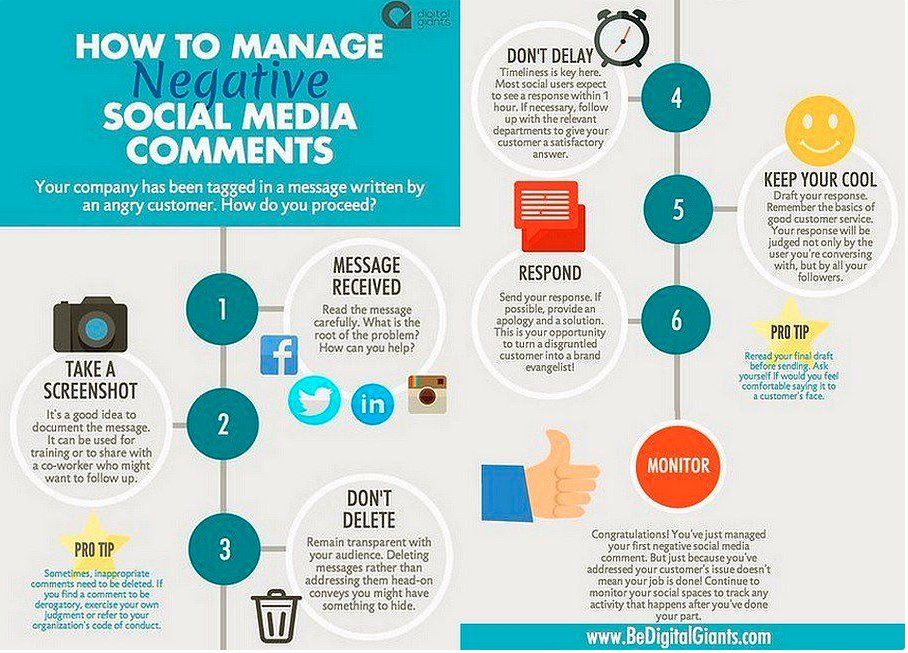
How to find the best time to post on Instagram for your brand
Finding the best times to post on Instagram for your brand doesn’t have to be complicated. You’ll need to consider two things:
- When your greatest number of followers are active on the platform
- When your brand is most relevant for them.
These two data points will give you an idea of your optimal posting times, which you can then test and refine.
Now let’s walk through each step to finding your best times to post together. (Buffer's analytics can also do the legwork and recommend best times for you, too.)
Step 1: See when your audience is most active on Instagram
You can see when your greatest number of followers are on Instagram by looking at the insights that Instagram provides. You’ll find this information for business accounts by clicking the Insights button.
The Insights button is located on the business account profile page.Under Insights, you can then click to view data broken down by content, activity, and audience.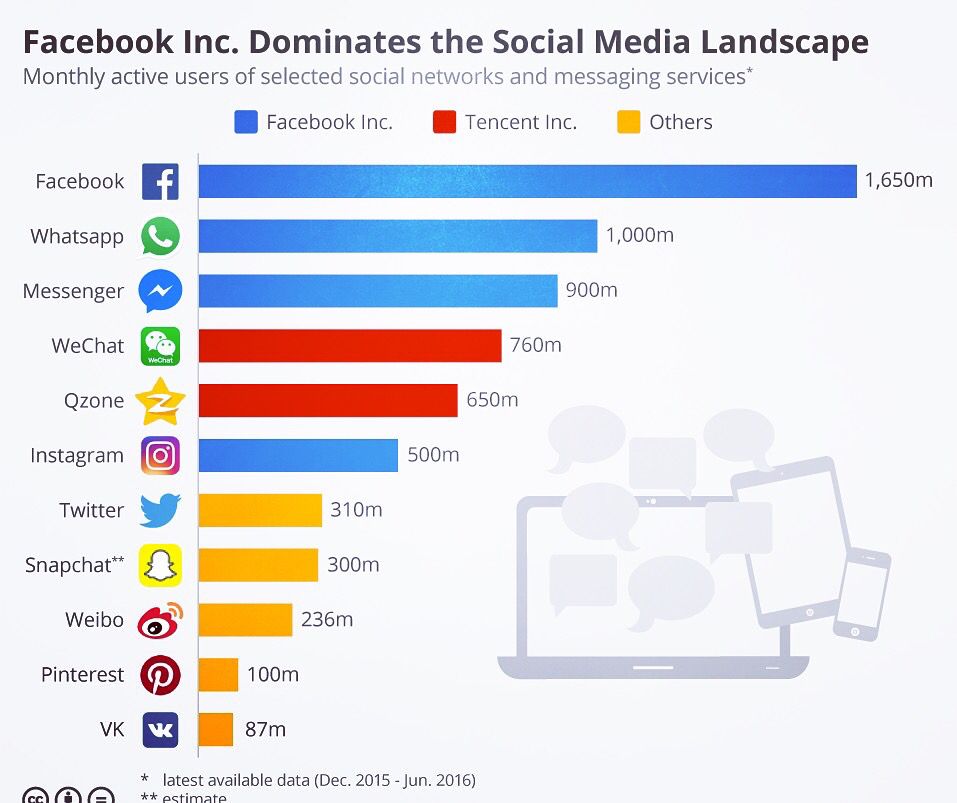 Select the Audience tab to see data on your followers, including when they access Instagram, as well as their location, age range, and gender. You can toggle between hours and days to view their most active times.
Select the Audience tab to see data on your followers, including when they access Instagram, as well as their location, age range, and gender. You can toggle between hours and days to view their most active times.
Keep in mind that the data only shows for the past seven days in your Instagram account. This gives you limited data, but it’s a start. Watch out for the impact of special occasions and seasonal behavior before you base any decisions on data from such a short timeframe.
Step 2: Hypothesize what type of content is best for those times
The best time to post one type of content on Instagram will differ from that for another. And chances are you have several different types of content you can serve up.
At this step, come up with a hypothesis. You know your target audience better than anyone else. What time of day are they dealing with the problem that you solve? When does it make sense for them to think of your brand?
Emma considers when each type of content will be most relevant for The Juicery’s followers, and then she tries it out.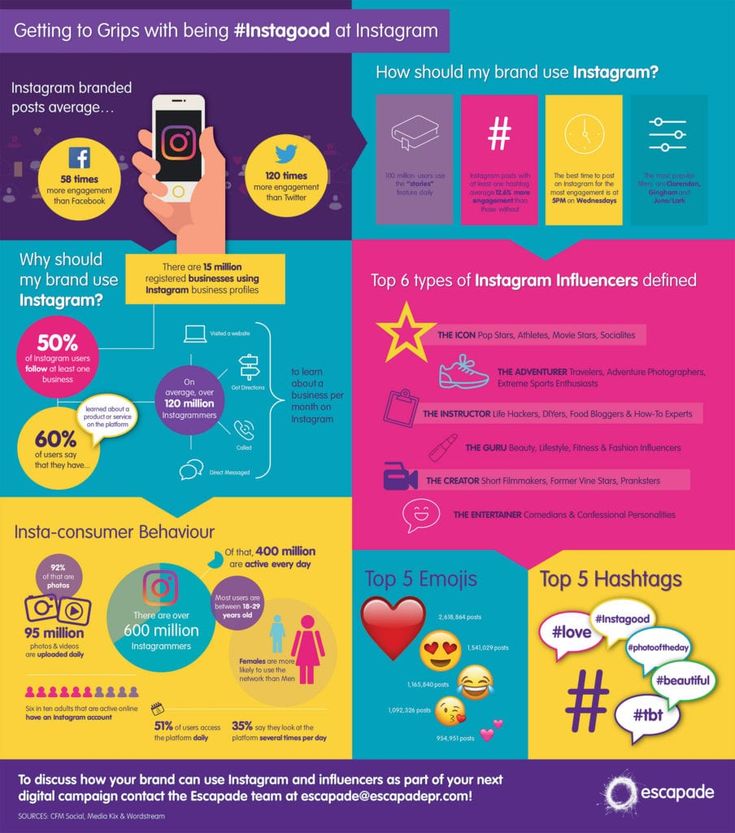 “For each new type of content, I’ll try it at different times. A post with an enticing acai bowl will be at a different time than a gift card giveaway,” she explains.
“For each new type of content, I’ll try it at different times. A post with an enticing acai bowl will be at a different time than a gift card giveaway,” she explains.
Step 3: Create a schedule to test your hypothesis
Now you know when your followers are online, and you have an idea of what content you think may interest them at those times. Try putting it into action with an Instagram posting schedule for a set period like three weeks.
Let’s say you run the Instagram account for a gym. We’ve hypothesized some different types of content that we think might resonate with your followers at different points in their day.
The idea is to consider what time your followers want to hear from you. If you’re a gym, your followers might be looking for healthy inspiration in the afternoon when their energy is waning or in the morning when they face the choice to get out of bed and hit the gym rather than sleeping in. Reminding them of upcoming class schedules can help them plan for the next day. And perhaps you want to post content that encourages people to visit on Tuesdays and Thursdays since those days are often less busy at your gym.
And perhaps you want to post content that encourages people to visit on Tuesdays and Thursdays since those days are often less busy at your gym.
You don’t have to publish a certain number of times a day. Once you find your optimal times, you may be able to publish less with greater impact. And remember, hashtags based on days of the week can be a powerful way to grow your following, too.
Step 4: Analyze your findings to figure out the best times for your content
By the time you’ve come through a few weeks of testing your Instagram posting schedule, you’ll have an idea of which content is resonating with your followers at which times.
Then, you can tweak your schedule to refine it. Keep posting the content that resonates with followers, and change up the content that didn’t do as well.
Where can you find the data? Instagram shows engagement numbers for each post under the Posts tab in the Insights section of your business account.
Find engagement data under the Posts tab in your Instagram Insights.
If you use Buffer’s analytics, you can find a goldmine of data organized in a way that’s easy to understand. For example, you can see the interactions for each post side by side to get a feel for how each resonated with your followers.
Buffer's analytics shows a wealth of information that you can customize to report on the metrics you want to see.In the Instagram example schedule promoting a gym, perhaps your early morning posts got likes and comments, but your late-afternoon posts didn’t resonate even though it was a time when a lot of your followers were online. You could try posting a different kind of content at that time to determine what your afternoon crowd responds to.
To dig deeper into data, check out Buffer’s Ultimate Guide to Instagram Analytics.
Step 5: Continue testing new times
Your post performance data is based on your posting history. So check your best times every month or so, and try testing out new times occasionally. This lets you continue learning about your audience.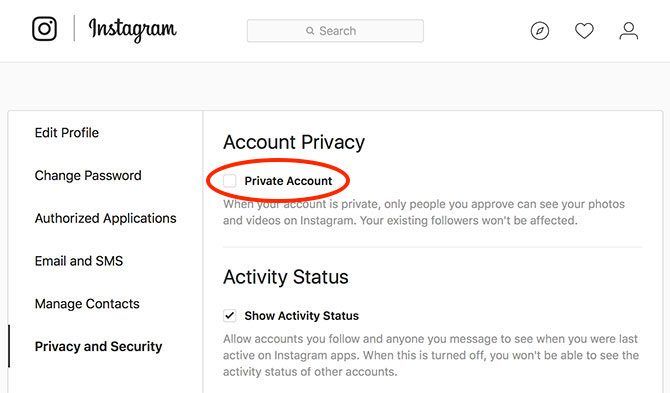
Laura Moss, co-founder of Adventure Cats, usually posts during the daytime, but she sometimes experiments with an evening or late-night post to see how it resonates with her brand’s 162k followers.
Occasionally her “experiments” happen organically because she forgets to schedule a post and ends up posting at a less-than-optimal time. She says, “Sometimes it’s a pleasant surprise to see that post take off, but other times it serves as a reminder that doing some strategic planning and scheduling is smart.”
Brands that schedule their posts can aim for specific times each day. However, Laura likes to post manually. She aims to post to Instagram between 10 a.m. and 3 p.m. on weekdays to get visibility.
If you miss posting at a certain time each day, does it mean your posts will be lost in your followers’ feeds? Not necessarily.
It’s true that analytics data pinpoints the best time of day to the hour, and consistently scheduling your posts is key to hitting your best time of day—every time—to maximize engagement.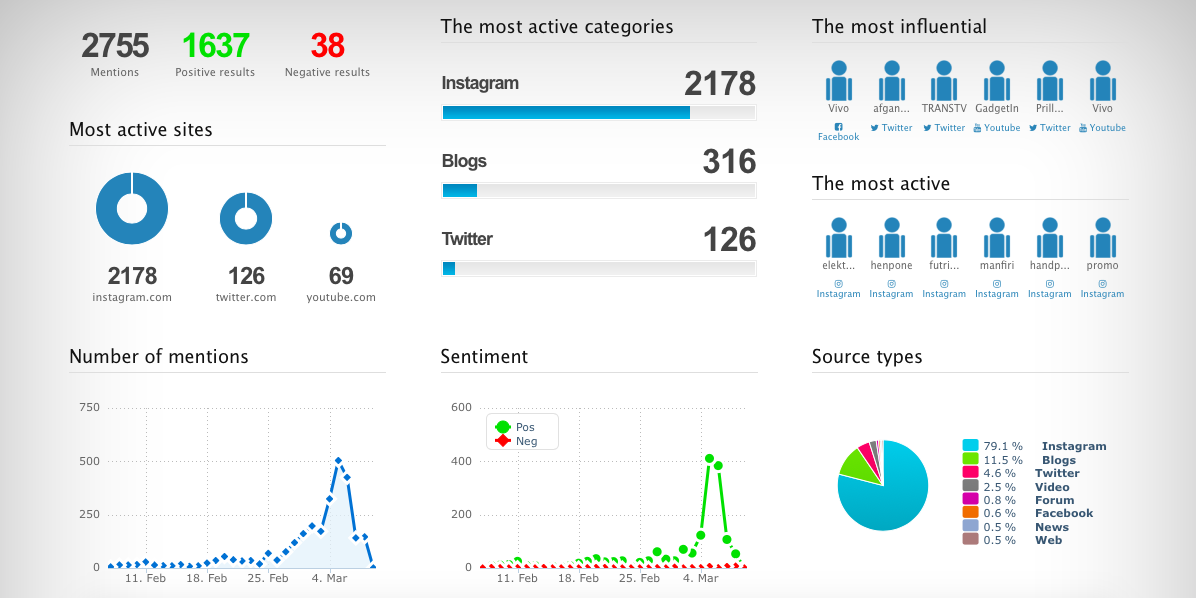 However, the time on either side of this precise point will often be very favorable, too. While not optimal, you could still see positive effects by publishing within a range, like Laura does.
However, the time on either side of this precise point will often be very favorable, too. While not optimal, you could still see positive effects by publishing within a range, like Laura does.
How the right tools can power your “best time to post” choices
When you’re operating a small business, your resources can be spread pretty thin. Your social media accounts are just one part of your marketing, and you need to approach everything efficiently. Taking advantage of the best time to post to Instagram for your business means you can see a bigger effect with less effort.
“The predictive ‘best time to post’ feature in Buffer's analytics is a game-changer!
Choosing the right tools can help stretch your marketing efforts further. Buffer’s tools can be found behind many successful Instagram marketers like Emma and Laura. Buffer’s analytics help you determine your best times to post, the best types of posts, and how often you should post to maximize reach and engagement.![]() The tool studies your data over time to make informed recommendations and predict how your followers will respond.
The tool studies your data over time to make informed recommendations and predict how your followers will respond.
In Emma’s words, “The predictive ‘best time to post’ feature in Buffer's analytics is a game-changer! Especially for my smaller accounts, I really look to this tool to see suggested times based on when our followers are online and when they’re engaged.”
Buffer's Answers feature uses data from your previous posts and followers' activity to calculate your best times to post.Buffer's Answers feature gives you three posting time suggestions for maximizing your reach on Instagram. Our in-house statistical model predicts your reach for every hour of the week based on your followers’ activity and the performance of your previous posts. Three times, spread across the entire week, are then recommended to you so that you can schedule your Instagram posts and maximize your reach.
So, instead of posting 20 times a week, you can optimize, say, five really great posts and see better results. We invite you to learn more in our Instagram marketing library and look into Buffer's analytics today.
We invite you to learn more in our Instagram marketing library and look into Buffer's analytics today.
Brought to you by
Did you find this article helpful? You might also like our all-you-need social media toolkit.
Get started for free now
When To Post On Instagram: How To Figure Out The Best Time For You
A step-by-step guide for how to test and figure out when to post on Instagram, to maximise engagement and growth for your account.
Trying to figure out the best time to post on Instagram can puzzle even the most social media savvy among us.
There are so many factors to consider such as the daily habits of your followers, when they use Instagram and where they are – timezones matter.
There’s a lot to cover here, but before we jump into our thinking and research, here are what we’ve found to be the best times to post on Instagram. Of course, you can also use the Plann app to find your perfect times (local, based on research in PST:
- 6:00am – 7:00am
- 2:00pm – 3:00pm
- 7:00pm – 9:00pm
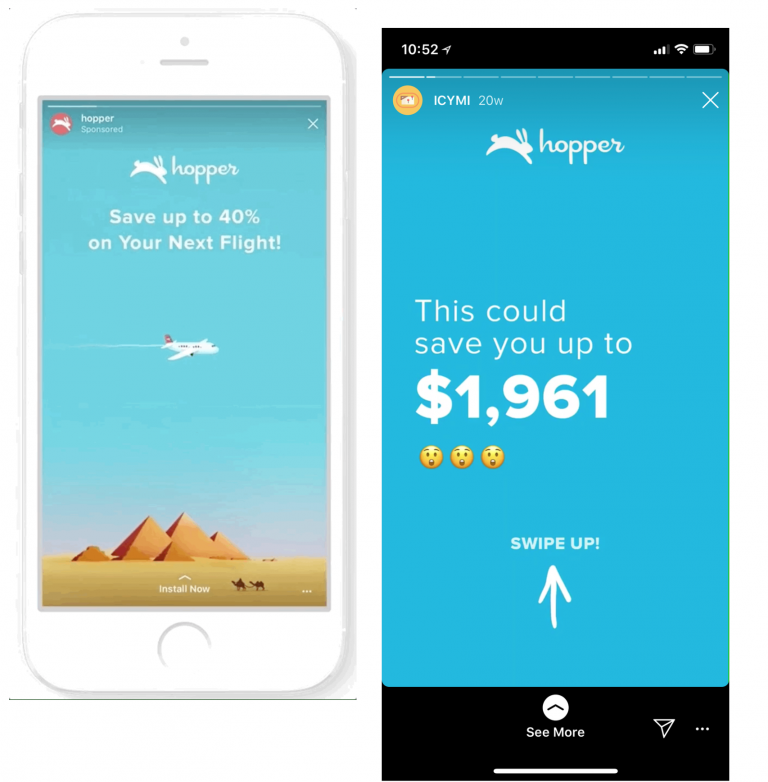
You want to be able to stay on top of algorithmic changes by engaging with your community when they’re active on the platform, instead of disappearing off their feeds. If you post when your community are active and your post gets engagement quickly after it goes live, Instagram interprets that as a sign of the quality of your content and pushes your post up the feeds and in front of more eyeballs. It’s a win-win all around!
With Plann’s Instagram analytics and performance features, you can find out which time is best for you to post every day of the week, based on the success of your previous posts. The key here is testing to discover what times work for your community and what times you should avoid – Instagram is a marketing channel after all, and marketing means testing!
Not sure where to start? Here’s our step-by-step guide to figuring out when to post on Instagram.
When To Post On Instagram: How to Use Testing and Research to Find Your Best Times
1.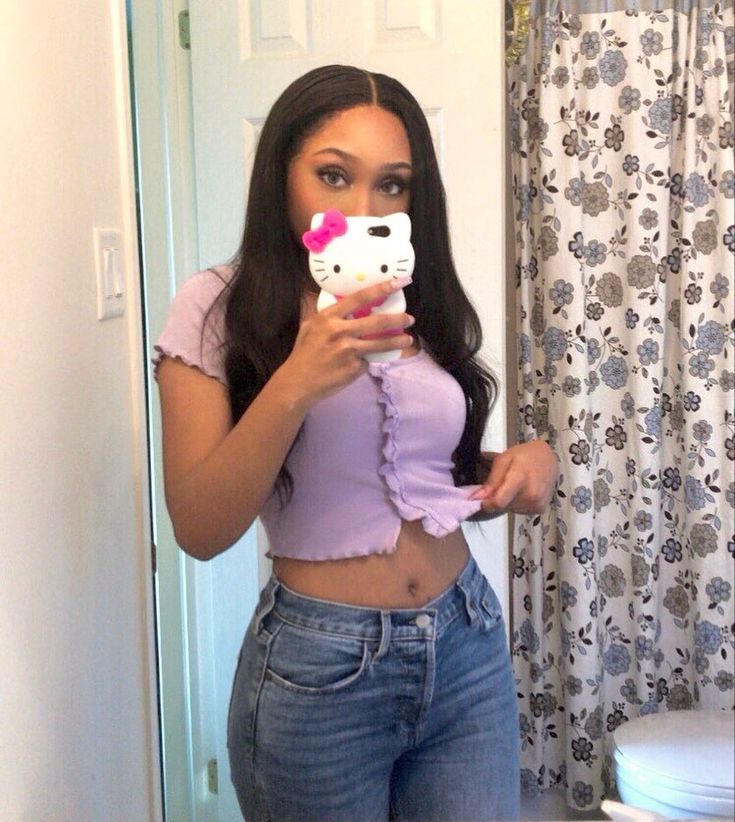 Stick to it for 30 days to gather enough data
Stick to it for 30 days to gather enough dataFirst thing’s first, all experiments need parameters (measurable and specific goals) to ensure the most accurate results possible.
Plann tells you the best daily time to post based on your last 30 days of activity, so try to stick to a whole month of posting every day to get the most helpful results from this test.
2. Investigate Your AudienceLab coat aside, now it’s time to whip out your magnifying glass and investigate.
Hopefully, you already have an idea of who your followers (or ideal followers) are and what they are like. Either way, it’s time to ask some questions about their daily life and online habits to figure out what times you should be posting.
Know Your People!
It’s time to make some assumptions and put yourself in your follower’s shoes – are they working professionals scrolling on the commute home at 6.30pm? Fit young things up and out for their morning workout at 7am? Or mums of young kids collapsing on the couch after the kids are asleep at 8. 30pm?
30pm?
Check the analytics
You can head to Instagram’s native analytics to see when they are active also – just head hit the ‘Insights’ icon from your profile, then scroll down to the ‘Followers’ section, then toggle through the days to see the average times your peeps are most active on a typical day.
Check that Location!
Another thing to consider is time zones – where in the world are your community located? Maybe you know from your Facebook page, or your website stats, where most of your traffic comes from. Not sure? Again, you can jump into Instagram’s Insights to see. Just head back to the Followers section, then press ‘See more’ and scroll down to see your Top Locations, by cities and countries.
THE SPEEDY INSTAGRAM CHEAT SHEET
Ready to plan a week’s worth of posts in just 20 minutes?
3. Look at the research
The more closely you look at your own audience and their behaviour, the more tailored your testing plan can be to your account.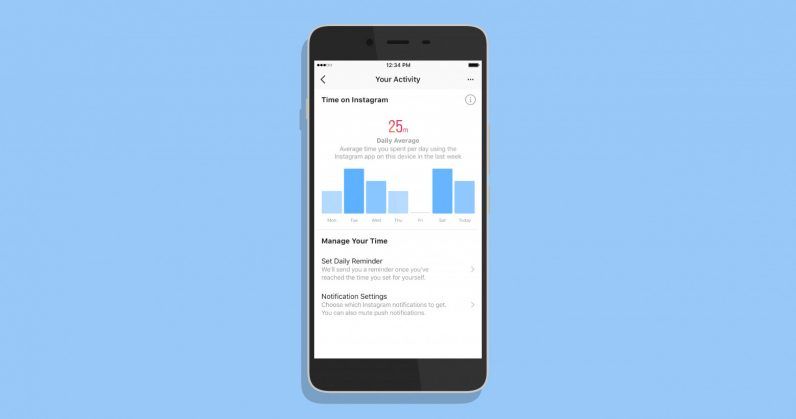 However, it might also help to consider some of the more general research that’s out there to see if anything seems relevant to you, or helps guide you if you feel totally lost!
However, it might also help to consider some of the more general research that’s out there to see if anything seems relevant to you, or helps guide you if you feel totally lost!
For example:
– Try posting outside of work hours (like in the early morning or in the evenings) or when people are taking their lunch break- Test weekends v. weekdays to see when your audience are most active, and keep your more important posts (e.g. announcements or promotions) to those peak engagement times- Hubspot released an infographic in 2016 that found the best time to post on Instagram was any time from Monday-Thursday except between 3-4pm.
Now comes the fun part! Use Plann to visually design your month’s worth of content. Drag and drop your images, write your captions, sort your hashtags and schedule your posts so you can sit back and relax.
Don’t forget: Because Plann’s analytics calculates your best time to post for each day of the week, it can only be done based on your existing activity.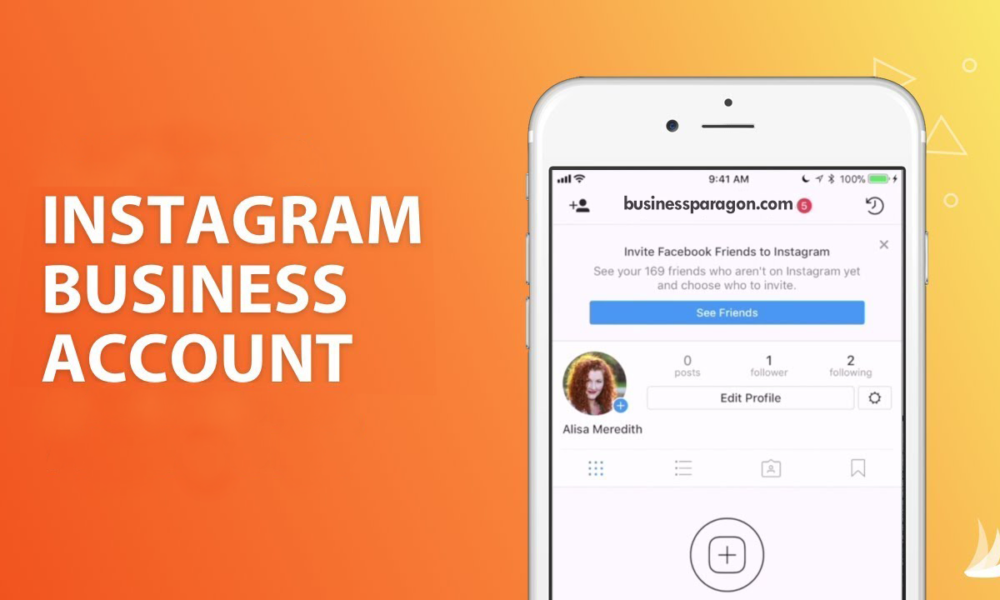 Make sure you try a different time each day across the whole month.
Make sure you try a different time each day across the whole month.
For example, for each of the four Thursdays of the month, make sure you schedule your posts at different times to test it out. Say, 8am, 5pm, 8pm and 10pm. If you accidentally post at 8pm every Thursday for a whole month, you won’t have anything to compare it with!
5. Check Your Performance Metrics and See What Worked
The final reveal!
After a month of daily posting and testing different times for each day of the week, check back in to see what your best times were!
These results will be super personalised, which is perfect for figuring out when to post on Instagram – the time that’s right just for you!
Try posting at these times for a few weeks and see if you notice an increase in engagement.
6. Rinse and RepeatRepeat this experiment whenever you feel like things are getting stale, or it feels like your audience is losing interest.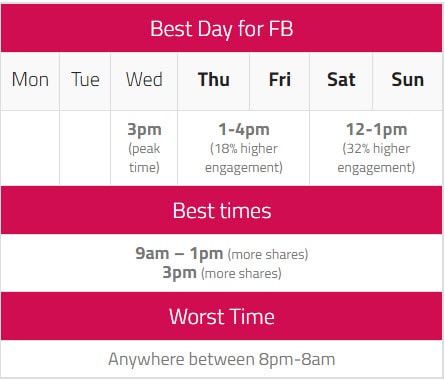 It could be your content, or it could be the time you’re posting – use testing to find out.
It could be your content, or it could be the time you’re posting – use testing to find out.
It’s important to also consider things like daylight savings and seasonal changes, as these can have a massive impact on our daily patterns.
7. Look at When Others PostIs there someone in your network who shares the same target audience as you?
They may not be a direct competitor, but someone who you know would regularly speak to the same people?
You could always turn on your post notifications to see when they post on Instagram and add those times to your testing matrix!
8. Time for Your Own Tests!
And there you have it, time for you to get testing!
Have you figured out when to post on Instagram yet, or better times than others?
Comment below and help the community
Finding the best time to post on Instagram
Let's admit it right away: it's more correct to formulate this question, is there even a better time to post on Instagram?
With the advent of algorithmic feeds, the essence of the feed formation has changed and the time of content publication has ceased to significantly affect the reach.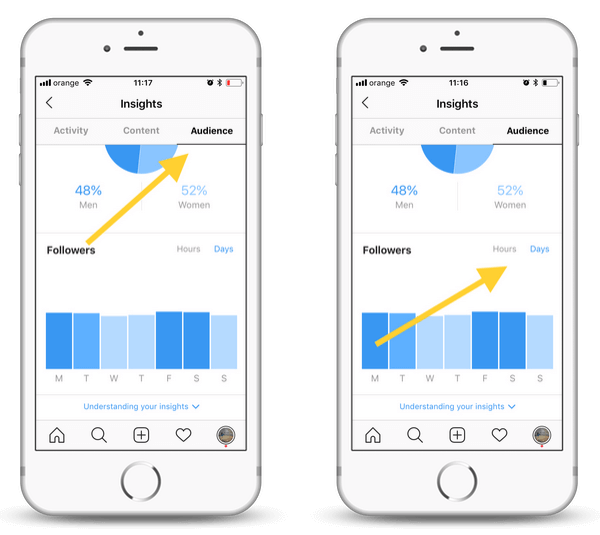 Still, bloggers and businesses are trying to find a relationship between the time of the release of the publication and the engagement rate.
Still, bloggers and businesses are trying to find a relationship between the time of the release of the publication and the engagement rate.
Surely you yourself have noticed that posts published at a certain time get the best response.
When generating a smart feed, Instagram algorithms take into account the relevance of the post: how long ago it was published. New posts are more likely to appear higher in the followers feed.
So the best time to post on Instagram is close to when your audience is online to increase the novelty factor.
What is the best time to post on Instagram?
There are many myths about the right time to post. The recommendations are similar: morning (10 a.m.) and evening (6-8 p.m.) on weekdays are called the best. Sometimes they mention the inefficiency of publishing on weekends - which could have been relevant before the development of the mobile Internet. Now users stay online at any time.
Let's try to identify a general recommendation when it is better to post photos on Instagram, as well as the features of choosing the right time to post based on research.
The Popsters team conducted such a study in 2018, based on data from 460 million publications in 7 social networks, created by 580 thousand different public pages and groups.
When analyzing time and date, the average activity of a publication was estimated depending on the time of its publication.
Day of the week to post to Instagram
Publications made on Sunday received the most engagement. Monday was the next most active. Users were most active on posts made on Saturday.
On the other days of the week, the activity remained the same.
Instagram post time
The study confirmed the theory of an increase in activity in the morning and at the end of the working day. Users were most active at 10-11 a.m. and at 7 p.m.-20 pm. A slight increase in activity is also observed at 12 noon. This should be taken into account when choosing the best time to post on Instagram.
Posts made at night (from midnight to 6 am) get fewer reactions.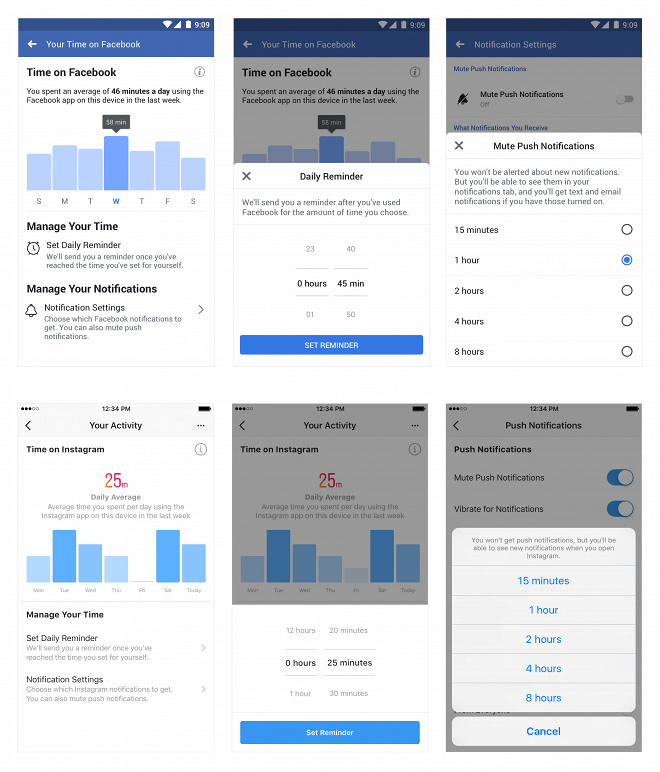 The worst time to post is 5 am.
The worst time to post is 5 am.
Study Hootsuit
The Hootsuit team partnered with Unmetric to conduct an Instagram engagement survey that analyzed 258,956 posts from the top 20 North American accounts across 11 industries. The results are not as relevant for companies operating in Russia as the study of local market accounts, but they are also useful for studying, since in general they can give an idea of when it is better to post photos on Instagram in other regions.
Research shows what time is best for posting in accounts in different areas.
Travel and Tourism: Friday, 9 am to 1 pm.
Also lucky days are Tuesday and Monday.
Media and Entertainment: Tuesday and Thursday, 12 noon to 3 pm.
Food and drink: Friday at 12 noon.
Retail: Tuesday, Thursday, Friday, 12 noon.
Worst time to post: 11 am to 1 pm.
Services and services: Friday, Tuesday, Wednesday at 9 or 10 am.
Non-Profit Organizations: Tuesday at 4 pm or 10 am.
E-commerce (except retail): Thursday 9pm or 4pm.
Medicine and pharmacology: Wednesday and Saturday, 9 am.
Cosmetics: Friday and Thursday at 1, 2 or 3 p.m.
Technology: Monday and Tuesday at 2 pm.
Education: Thursday, 4 pm or 5 pm.
How to determine the best time to publish?
Data from the study gives a general idea of the impact of posting time on activity. They are relevant for many pages, but the situation may differ for some accounts.
To determine the best time to post on Instagram in your account, analyze the results for older posts.
Method 1: Popsters
To do this, go to the Popsters.ru service, enter the account address in the search bar and set the required time interval for analysis. To draw the right conclusions, you need as much data as possible, so choose a period of three months or more.
Make sure that it does not include irrelevant data: for example, activity during the New Year and May holidays, periods of large competitions. They will distort the results of the analysis.
Click "Download" and find "Days of the Week" and "Time of Day" graphs:
Here you will find data on the effectiveness of posts made in your account or someone else's.
Method 2: Instagram statistics analysis
Use the built-in Instagram account analytics. It is available to business accounts: if your account type is "personal", you will not see this data. You can connect a business account in the settings. You will need to link your Facebook business page to your Instagram profile. If you don’t have it, the social network will offer to create a page right in the process of switching your account. It does not need to be filled out and updated in the future, the page exists nominally, only to include a business profile.
An important difference between a business profile: it cannot be made private.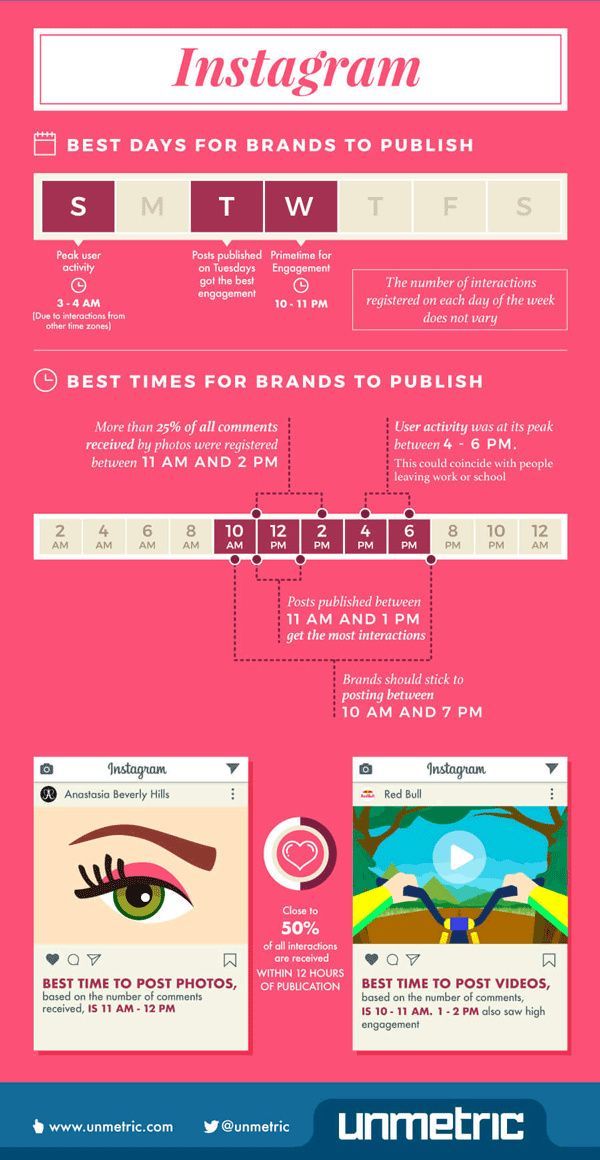 Therefore, if you need privacy, this method of finding the best posting time will not work.
Therefore, if you need privacy, this method of finding the best posting time will not work.
Statistics will only be collected after the business profile is enabled. If you are doing this now, while reading the article, wait for the data to accumulate. To estimate the days of the week and the time of day when posts are published, you will need to collect data for 3-4 weeks.
Go to the Statistics section and analyze what days of the week and time of day your subscribers are most active. If you click on the graph, absolute values will appear - the number of users among your followers who are online on Instagram at a specified time.
You will also see data on the geography of your subscribers - consider time zones when calculating the best time to post on Instagram.
Method 3: experiment
Try posting photos on Instagram at different times and analyze the impact. Of course, the result will not be completely objective, since other factors also influence the engagement of a publication (and first of all, the content). But with a lot of data, you will see general trends that will help determine the best time to post on Instagram.
But with a lot of data, you will see general trends that will help determine the best time to post on Instagram.
To collect the results, a simple table is suitable - fix the date and time the post was published, as well as the number of reactions received (likes, comments, reposts, saves). For accuracy, take the data at the same time - for example, exactly one day after the release of the post.
Worst time to post on Instagram
If there is a better time to post on Instagram, there must be a worse time. If you know the age and time zone of your subscribers, you can even find the worst time using logic - schoolchildren and adults will most likely be offline at night, so they will not see your posts. Due to the slow collection of reactions, Instagram algorithms will decide that your post is not interesting and will not show it in the followers' feed when they are online.
The statistics of different accounts proves this thesis. The Popsters study found the worst time to post was 5am, while the Hubspot study found the worst time to post was between 3am and 4am.
Rules for timing publication
- Understand your audience
Analyze your account data through Instagram's internal analytics tool or third-party services. Update information regularly: audience behavior may change.
Watch for research on the topic: they will give more information than you can collect on your own, because they use statistics from hundreds of thousands of publications. - Experiment
Continue to improve performance and test new hypotheses. Don't just settle for the "best time" to post so you don't lose out on an audience active at other times - even if it's a small fraction of your followers. - Work with content
Although the time of publication plays a role in the ranking of the post in the feeds of subscribers, the quality of the photo and text remains the main factor in the success of the post and the entire account.
Useful articles on a similar topic:
- How to Attract and Engage New Audiences on Instagram: Research;
- How to quickly and efficiently audit your Instagram account;
- How to create an engaging Instagram carousel post;
- How to do Instagram analytics: everything you need from A to Z.
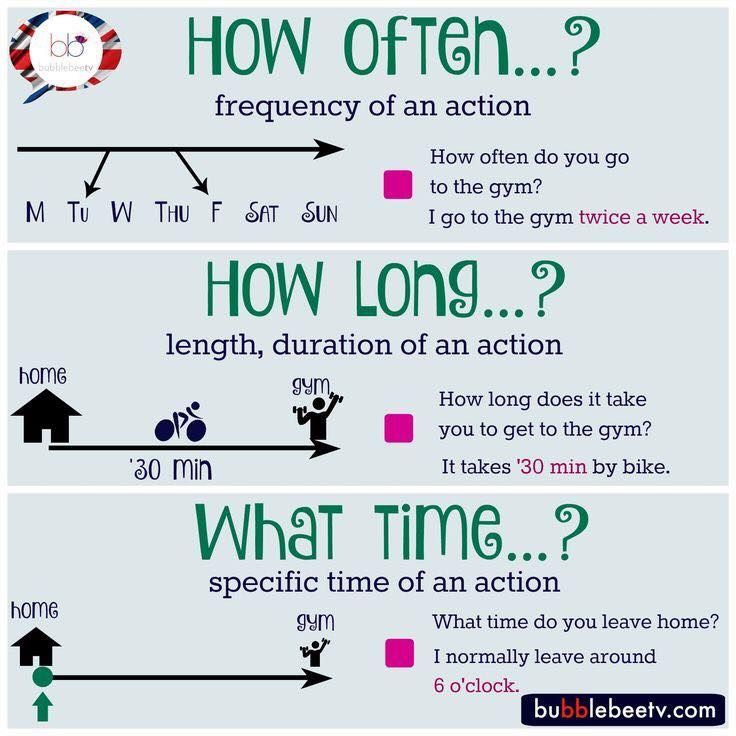
When is the best time to post, Reels and Stories on Instagram
Free analysis of Instagram followers
Active users of the social network created for sharing photos and videos know that since 2016 the platform has built a news feed according to the algorithm. A nightmare for those who want to "get out", but do not have a loyal audience. Posts are no longer displayed in chronological order. In this regard, users have a question: “How to choose the best time for posts on Instagram?”
Contents
How to choose a day and time
Posting on weekdays is considered inefficient. Surely you know the reason: the generally accepted standard of employment in Russia is five working days of 8 hours and 2 days off.
However, content can still be seen on Monday. This is the same exception. View statistics say that this day of the week takes the second place in terms of the number of views on Instagram. It's a matter of breakdown. As they say, Monday is a hard day.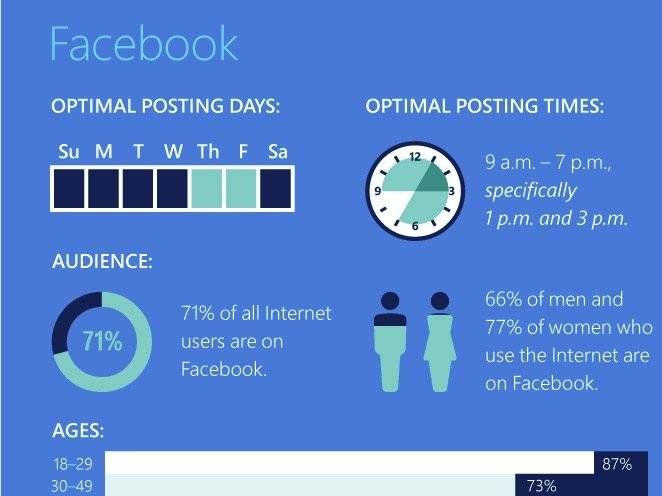 Employees of the “five-day period” sin by slowly merging into the working week and being distracted by social networks.
Employees of the “five-day period” sin by slowly merging into the working week and being distracted by social networks.
- Absolutely your post and even the picture will go unnoticed on Tuesday. Since this day of the week is considered the busiest.
- On Wednesday, you can try to act as a motivator for your subscribers and set them up for the successful completion of work.
- On Thursday, everyone is already pretty tired of the routine and is already looking into the feed.
- It's useless to post something on Friday, as subscribers are busy with pleasant chores in anticipation of the weekend.
- Saturday for many is a day for themselves and their families. Published content will not bring results.
- Sunday is a good option, everyone has a rest before the working week and sits on their phones.
We figured out the days of the week, but what about the hours for posting? The best time to post on Instagram is from 08:00 to 09:00, from 12:00 to 13:00, and also at 17:00.
These are just general indicators of effective posting. You need to understand that the topic of the blog also affects the optimal time.
- Business accounts. Their reach peaks from Tuesday to Friday. The best times are 10:00 and 16:00.
- Art. Such profiles evoke a feeling of relaxation and peace. In the middle of the working week - what you need. Tuesday and Thursday lunchtime is your chance.
- Travel. By the end of the week, everyone is tired from work and planning a vacation. Seize the moment on Friday from 09:00 to 10:00.
- Medicine and health. Weekday morning is the time.
- News. Office workers go to lunch from 12:00 and this meal can continue until 15:00. So that they have something to discuss, post content at this time.
- Sports and healthy lifestyle. The week is at your disposal. The optimal time is 12:00 noon.
This is conditional data, not a magic formula. However, if beginners follow these recommendations, then in the future it may bear fruit in the form of likes, comments and subscribers.
When is the best time to post Reels
Anatoly Milov analyzes the correct time and date for publishing various types of content and public topics, from business to bloggers. If you want to get a free consultation from the guru, click on the link.
Reels are short videos implemented by Instagram developers, having adopted the experience from Tik-Tok. If you are interested in promotion through this type of content, then you need to get into the recommendations.
How to do it:
Free analysis of Instagram followers
Do you want to know the quality of the audience, who watches and reads you, as well as how many bots are on your account? Make a free analysis right now. Click on the button
Start Instagram account analysis
- Privacy settings. The account must not be closed. Reels of a private profile will be seen only by its subscribers.
- You need to use trending hashtags, but they must have a general idea with the subject of the video.

- Share your video in feed as well as stories.
- Pick a catchy cover.
- Use trending music. Analyze your recommendations and save audio tracks from there.
- Track trends. Short videos should also have a script.
- Target audience. Don't post overly humorous content if you're talking about business.
- If your video is already in the TOP, then repeat its plot. Repost like this.
- Best time to rils on instagram: go back to where we talked about blog topics and the best time to post. This will be the most successful hours for your videos.
The ideal time for Stories on Instagram
To begin with, let's figure out what the number of stories should be per day so that you are not unsubscribed and not scrolled through. This is also important, along with the best time for stories on Instagram.
The optimal number is from 1 to 17. A larger number reduces the percentage of engagement. Bloggers build their popularity on a daily stream of stories.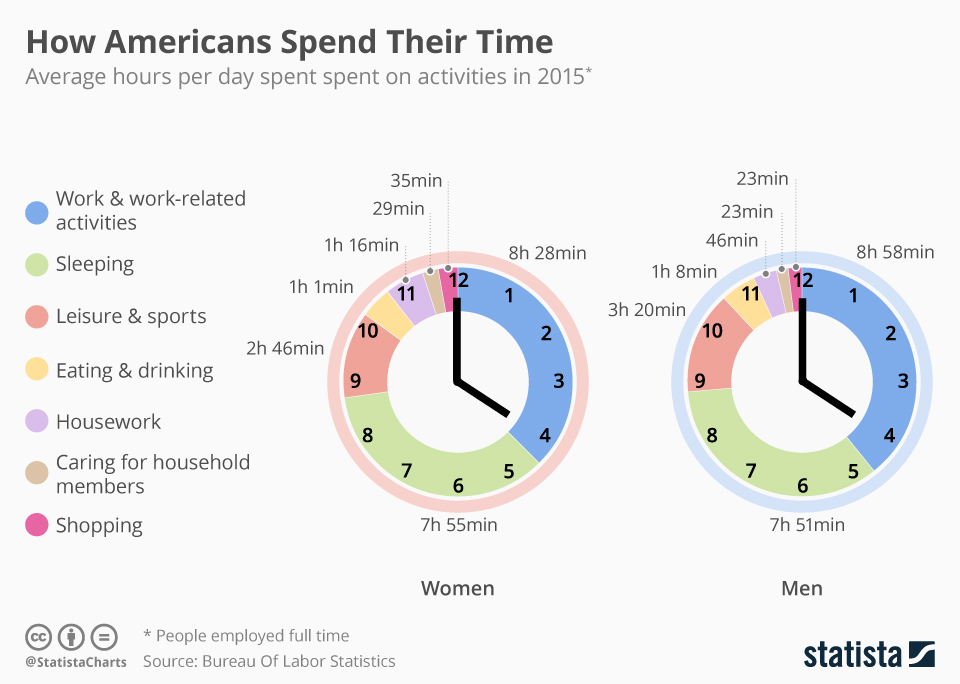 Therefore, disappearing from stories for 1-2 days is contraindicated.
Therefore, disappearing from stories for 1-2 days is contraindicated.
The best time to download stories is after work. This is the top time on Instagram, no matter what it concerns: posts, stories, reels.
You can bypass the system and shoot videos in advance, but publish at a strictly allotted time:
- 04:00 – 06:00 h.
- 08:00 – 10:00
- 12:00 – 14:00
- 20:00 – 22:00
Good advice that can be given here is to watch your subscribers. Change your account status to "Business" or "Author Account". So you don't have to analyze anything yourself. Instagram will do everything on its own.
How to analyze the return on posts and stories
You managed to set up your account beautifully, achieve posting regularity from yourself, and now you are also launching advertising. But suppose you do not understand whether you are doing everything right. With the help of analytics, you will understand where the dog is buried.
At the moment, the best service that shows statistics correctly is InstaHero, you can analyze your account, view statistics and even clear your account from bots, use it!
- Coverage. Under each post, you can see the publication statistics. Reach displays only unique users. That is the number of people who saw your post. Multiply the number of hits by 100 and divide by the number of impressions. If we get 40-60%, then this is a good indicator.
- Involvement. You can calculate it using the formula: (likes + comments) / number of subscribers x 100 = engagement. If you have 500 followers, 100 likes and 5 comments, then the engagement percentage is 21%. For understanding, we count together: (100 + 5) / 500x100 \u003d 21. This is a good indicator. The norm is from 5% to 10%.
- Saves. Only thanks to this flag below your post can you determine how useful it is for the reader. Write collections of movies, books, places, countries, apps.


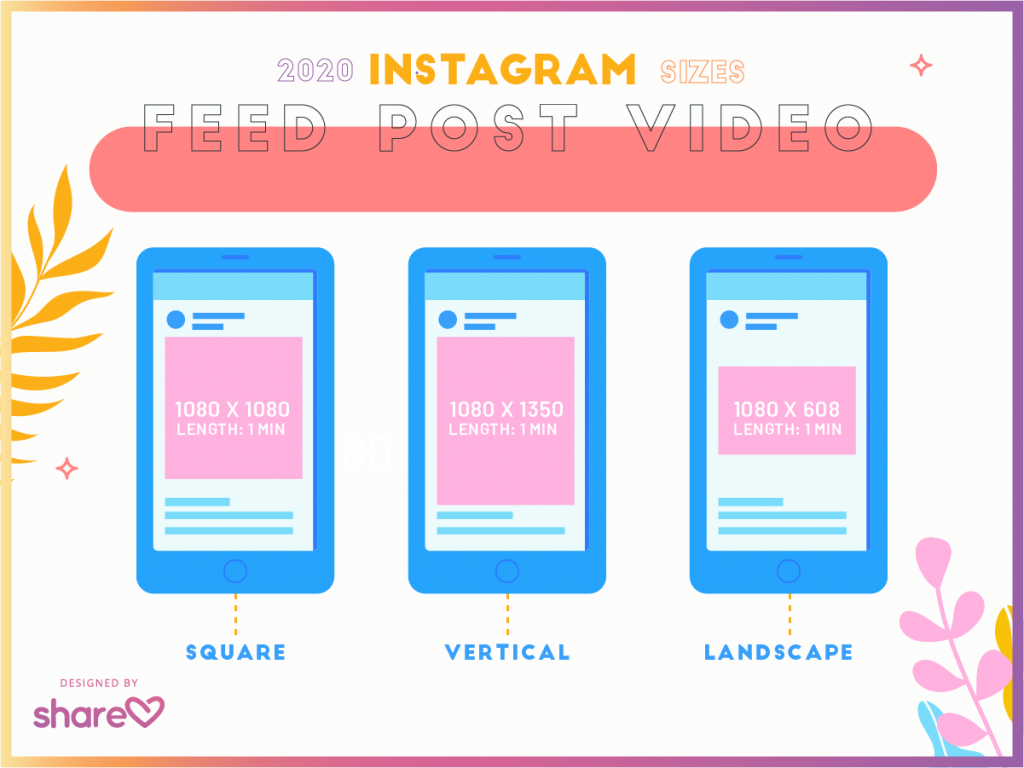
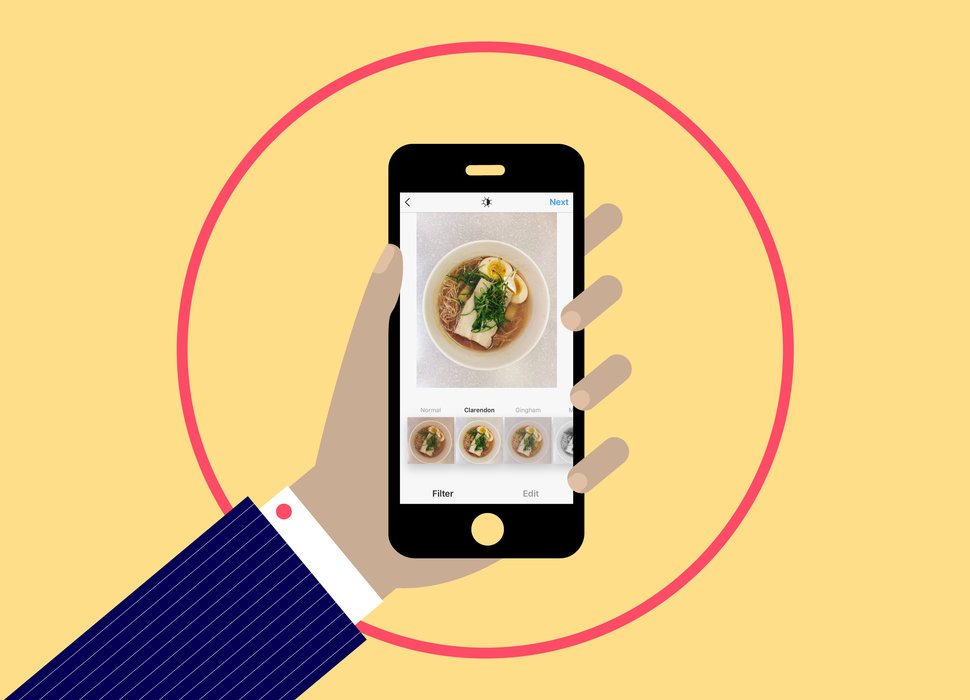
:no_upscale()/cdn.vox-cdn.com/uploads/chorus_asset/file/23021908/Screen_Shot_2021_11_17_at_08.29.59.png)
